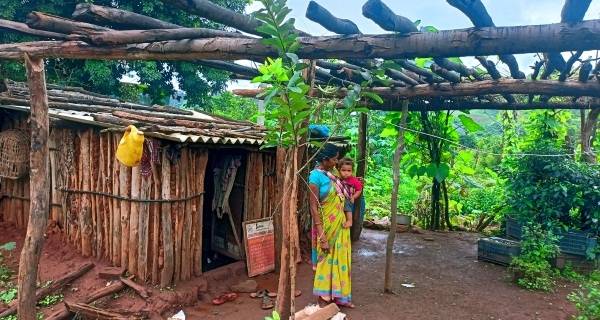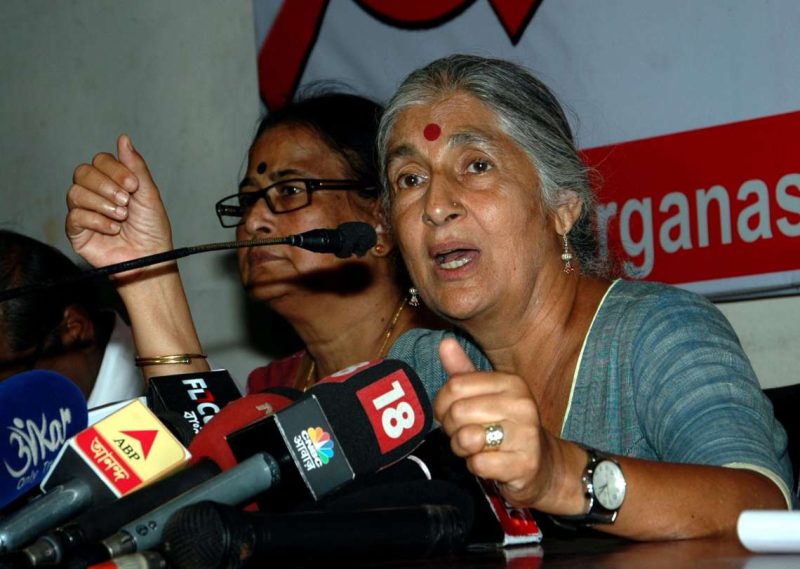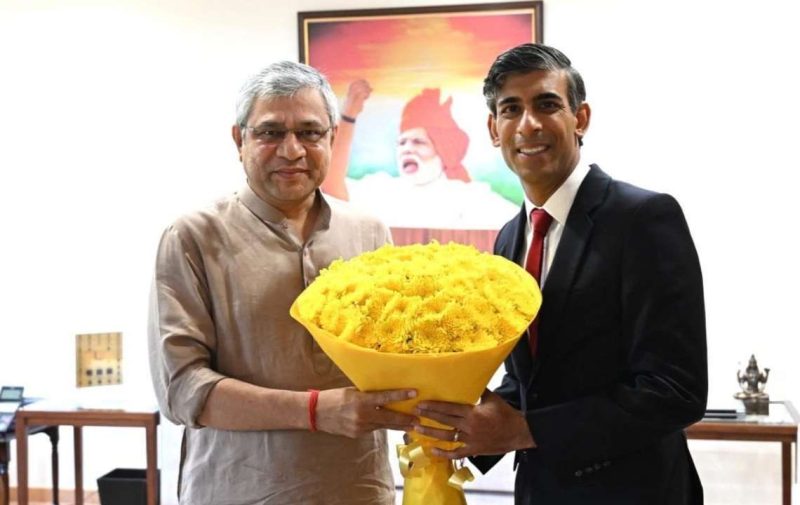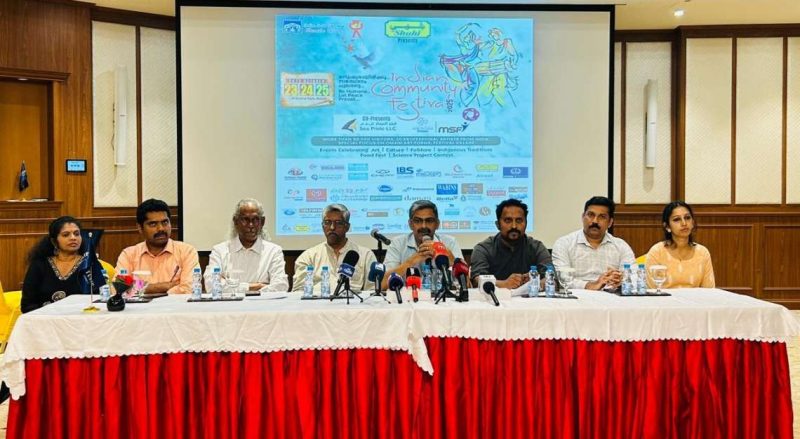The district has over 53 per cent tribal population, which is among the top communities that report higher incidences of malnutrition in the state…writes Naba Kishor Pujari
Lima Majhi, 35, proudly surveys her 300 square feet kitchen garden at Sushabhata village in Kandhamal, Odisha. The green patch has 14 varieties of fruits and vegetables such as bitter gourd, beetroot, cucumber, pumpkin, drumstick, tomato, coriander, radish, pointed gourd, brinjal, and chilly.
“I have also planted guava, banana, and papaya trees. It not only gives us more nutrition but we also save money on vegetables,” said Majhi, who belongs to the Kondh tribe.
Many villagers like Majhi in Tumudibandha block were unaware of the nutritional value of fruits and green vegetables. They ate their staple of rice often without any green accompaniment. The hilly terrain of Kandhamal has a good number of drumstick trees, but the tribals did not know that its leaves and fruit can be cooked.
Majhi started planting vegetables and fruits in 2017 after volunteers of Jeebika Suraksha Mancha, a people’s collective working in Kandhamal, educated the villagers about the health benefits of eating green vegetables and fruits and the importance of building a kitchen garden. The nutritional kitchen garden initiative, with the additional support of Noida-based NGO, Atmashakti Trust, is helping rural communities in 267 villages under Kotagada and Tumudibandha blocks of Kandhamal district grow vegetables at home. Until now, they have assisted over 2,120 kitchen gardens take root, each growing around 13 to 17 varieties of vegetables.
Rashmita Patmajhi, 30, weighed only 45 kg two years ago. With a poor haemoglobin count, she used to feel tired all the time. “I built a kitchen garden and also started eating fruits and vegetables. I weigh 49 kgs now and now I know the importance of a nutritious diet.”
In Kandhamal, at least, this knowledge is critical.
The official statistics of the Odisha government in 2018 listed about 3,500 malnutrition deaths in Kandhamal in the past five years. The district has over 53 per cent tribal population, which is among the top communities that report higher incidences of malnutrition in the state.
“Undernutrition is more prevalent among tribals in comparison to other communities. In Odisha, where 37.26 per cent of its population is deprived of nutritious food, there is a stronger need for building kitchen gardens, which will go a long way to secure nutritional status for their families,” added Sameet Panda, convener of Odisha chapter of Right to Food Campaign.
Supplementing support
“Malnutrition is more than lack of food, and tribals are traditionally agrarian communities who grow vegetables and fruits. So, there is no visible hunger among these communities,” said Ruchi Kashyap, Executive Trustee at Atmashakti Trust. “But, they do not know what a varied diet is and what fruits and vegetables will meet their nutritional needs. So, we used a behavioural change communication approach to overcome this challenge. We helped communities know food diversity, the technique to grow a kitchen garden, and avail of government schemes such as Mo Upakari Bagicha, Millets Mission, and Iron Plus Initiative to make this effort sustainable and beneficial,” she said.
The state government too has recognised and supported these kitchen gardens over the years. In 2018, Odisha Livelihoods Mission (OLM), in partnership with Azim Premji Philanthropic Initiatives (APPI), implemented a nutrition project called ‘Mo Upakari Bagicha’ to spread the knowledge of nutritional outcomes from dietary diversity by promoting kitchen gardens in rural households across the state.
In June 2020, OLM converged with MGNREGA to scale up nutritional kitchen gardens in all 314 blocks with an additional budgetary allocation of Rs 500 crore from the Odisha government. The aim was to reach 5 lakh households in the financial year 2020-21 with a focus on Scheduled Caste, Scheduled Tribes, Below Poverty Level (BPL) households, beneficiaries of rural housing, and small and marginal farmers.
Santosh Kumar Rath, District Project Manager of OLM in Kandhamal said in an effort to reduce undernutrition among children, women of reproductive age groups and adolescent girls, “in the last financial year, we have helped over 24,000 families build kitchen gardens in Kandhamal”.
And there has been some progress in this tribal hinterland which has recorded a significant improvement in malnutrition over recent years.
According to the National Family Health Survey (NFHS-5) 2019-21, stunting in Kandhamal has decreased significantly from 38.4 per cent to 34.2 per cent in NFHS-4 (2015-2016); the percentage of underweight children has reduced from 43.1 per cent to 35.40 per cent, and there has been a marginal improvement in the figures on wasting disease but these figures are all still below the state average.
Delinking nutrition and poverty
Odisha is also rated among the top 10 states with a substantial share of the population living in poverty as per the report of NITI Aayog’s National Multidimensional Poverty Index (MPI) 2021. One in every two people (44.75 per cent) in Kandhamal is below the poverty line.
“Nutritional kitchen gardens can play the role of inflation insulation for them as vegetable prices remain high all through the year,” said Panda.
Kitchen gardens are vital to cater to the villagers’ nutritional needs by providing access to food that is harvested, prepared, and consumed by family members.
Sindhimai Patmajhi, 55, from Badjal village under Jubaguda Gram Panchayat in Kotagarh block, grows papaya, drumstick, banana, lemon, radish, guava, carrot, pineapple, brinjal, beans, cucurbit, cabbage, cauliflower, and beet nutritional kitchen garden. She said her frequent visits to the hospital have reduced drastically in the past two years after eating vegetables every day.
“The members of Jeebika Suraksha Manch explained to us the nutritional value of each fruit and vegetable. They asked us to grow vegetables and fruits so that we readily get the required nutrition in our food,” she said.














